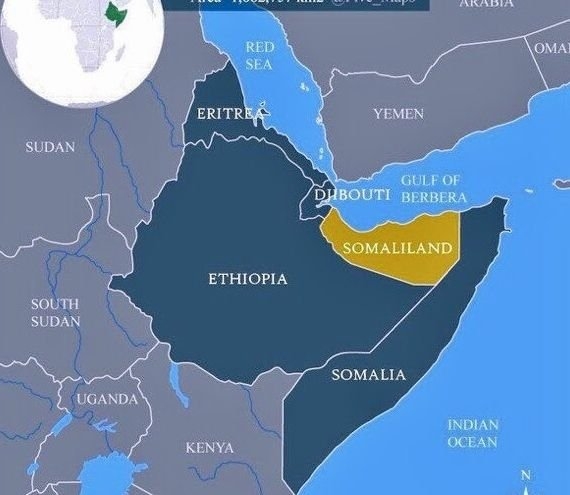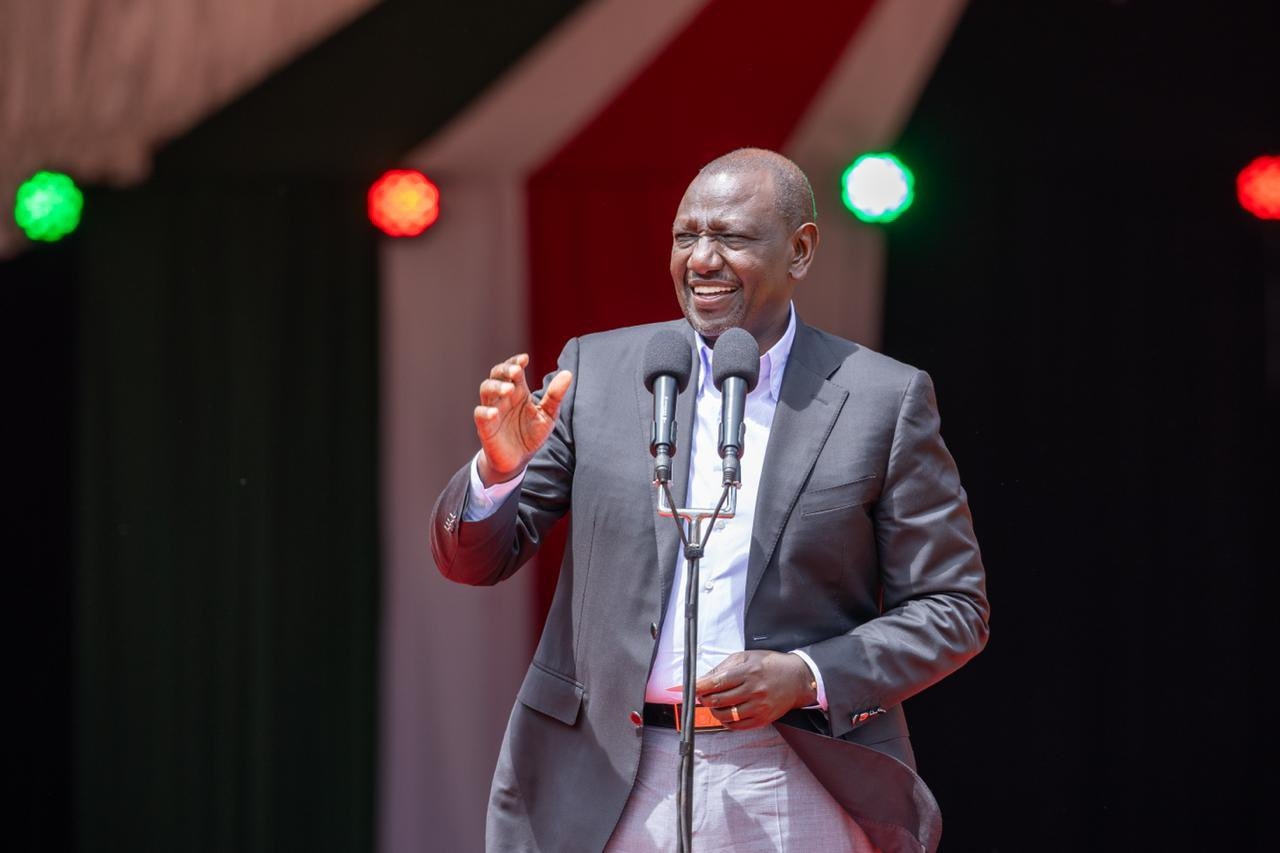Kenya's forex trading market has experienced significant growth in trading CFDs in recent years, positioning itself as a notable player in the global forex CFD trading landscape.
This development is marked by increased participation from both retail and institutional traders, as well as improved regulatory frameworks aimed at fostering a safer trading environment. Several key trends and comparisons can be drawn to understand Kenya's forex market within a global context.
Market Trends in Kenya
Kenya’s CFD forex market has seen a surge in participation, driven largely by advancements in technology and the accessibility of trading platforms.
Mobile and internet penetration have made it easier for individuals to engage in forex trading, contributing to the market's expansion. The use of mobile money services like M-Pesa has further facilitated seamless transactions, enabling more people to participate in forex trading.
Additionally, the regulatory environment in Kenya has improved significantly. The Capital Markets Authority (CMA) has been instrumental in ensuring that brokers operating in Kenya adhere to international standards, providing a safer and more transparent trading environment for traders.
This regulatory oversight is crucial in attracting more participants and ensuring that their investments are protected.
Global Comparisons
When compared to other global forex markets, Kenya still has a long way to go in terms of volume and liquidity. However, the growth rate in Kenya is impressive, indicating a strong potential for future expansion.
Markets in developed countries like the United States, the United Kingdom, and Japan have well-established infrastructures and higher trading volumes. Nevertheless, the rate at which Kenya’s market is growing shows promise and reflects a trend seen in other emerging markets.
Technological Advancements and Their Impact
Technology plays a crucial role in the development of trading in Kenya's forex market. The proliferation of smartphones and improved internet connectivity have democratized access to forex trading platforms.
Trading apps like Exness, which are specifically designed to cater to the needs of Kenyan traders, provide user-friendly interfaces and a range of tools that help both novice and experienced traders.
Ken Van Damme, the regional SSA manager for Exness, highlights the significance of technological advancements in driving the forex market in Kenya.
He states, "The integration of advanced CFD trading platforms and mobile technology has revolutionized the forex market in Kenya. We anticipate continued growth as more people gain access to these tools and become more educated about trading."
The Role of Regulation
Regulation is a key component in the growth and stability of Kenya's forex market with CFDs. The CMA's stringent requirements for licensing and operation have helped weed out fraudulent activities and ensure that credible brokers can operate in the market.
This regulatory oversight provides traders with a sense of security and trust, which is essential for market growth.
Moreover, Kenya’s regulatory framework is designed to align with international standards, making it attractive for foreign investors and brokers.
This alignment not only boosts the credibility of Kenya’s forex market but also facilitates smoother transactions and operations across borders.
Future Predictions
Looking ahead, the CFD trading the forex market in Kenya is poised for further growth. The combination of a young, tech-savvy population and continuous improvements in regulatory frameworks suggests a positive outlook.
Ken Van Damme predicts, "As education about forex trading and other CFDs, spreads and more sophisticated trading tools become available, we expect to see a significant increase in trading volumes and market participation in Kenya."
Furthermore, the introduction of more financial products and services tailored to the needs of Kenyan traders will likely enhance market depth and liquidity. Partnerships between local and international brokers could also bring in more expertise and advanced technologies, further boosting the market.
Challenges and Opportunities
Despite the positive trends, there are challenges that need to be addressed. Market education remains a critical issue, as many traders still lack the necessary knowledge to make informed trading decisions.
Initiatives to provide comprehensive education and training on forex trading can help mitigate this challenge and empower more traders.
Additionally, improving infrastructure and reducing transaction costs are essential for enhancing market efficiency. Lowering the barriers to entry and making trading more accessible to a broader population will drive further growth.
Conclusion
Kenya’s CFD forex market is on a promising trajectory, driven by technological advancements, improved regulatory frameworks, and increasing participation from a young and tech-savvy population.
While there are challenges to overcome, the country's potential for growth is significant. With continued efforts in market education and infrastructure development, Kenya could emerge as a leading player in the global forex trading arena.
These insights underscore the optimistic future of forex trading in Kenya, highlighting the crucial role of technology and regulation in shaping the market's growth.
As Kenya continues to develop its forex market, it will be interesting to see how it compares to and integrates with global markets in the years to come.















